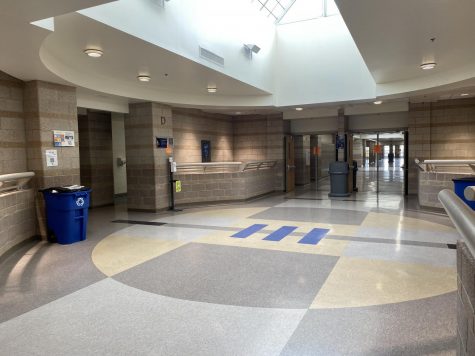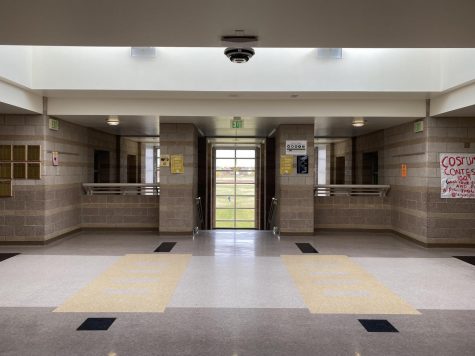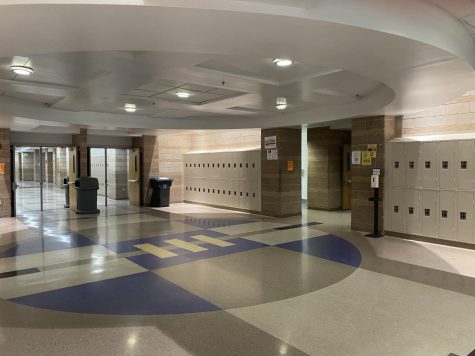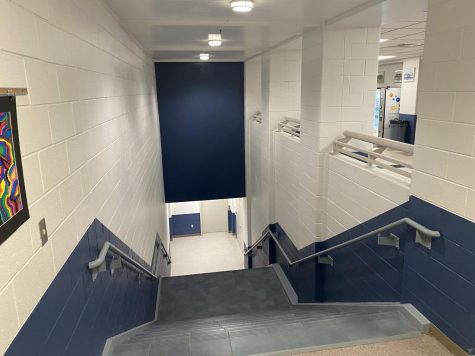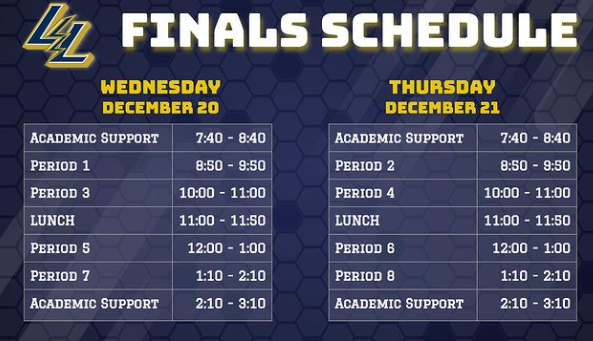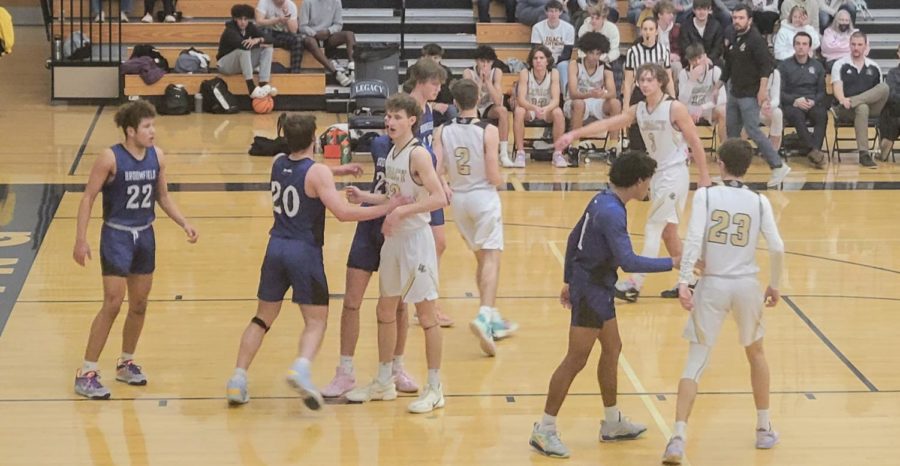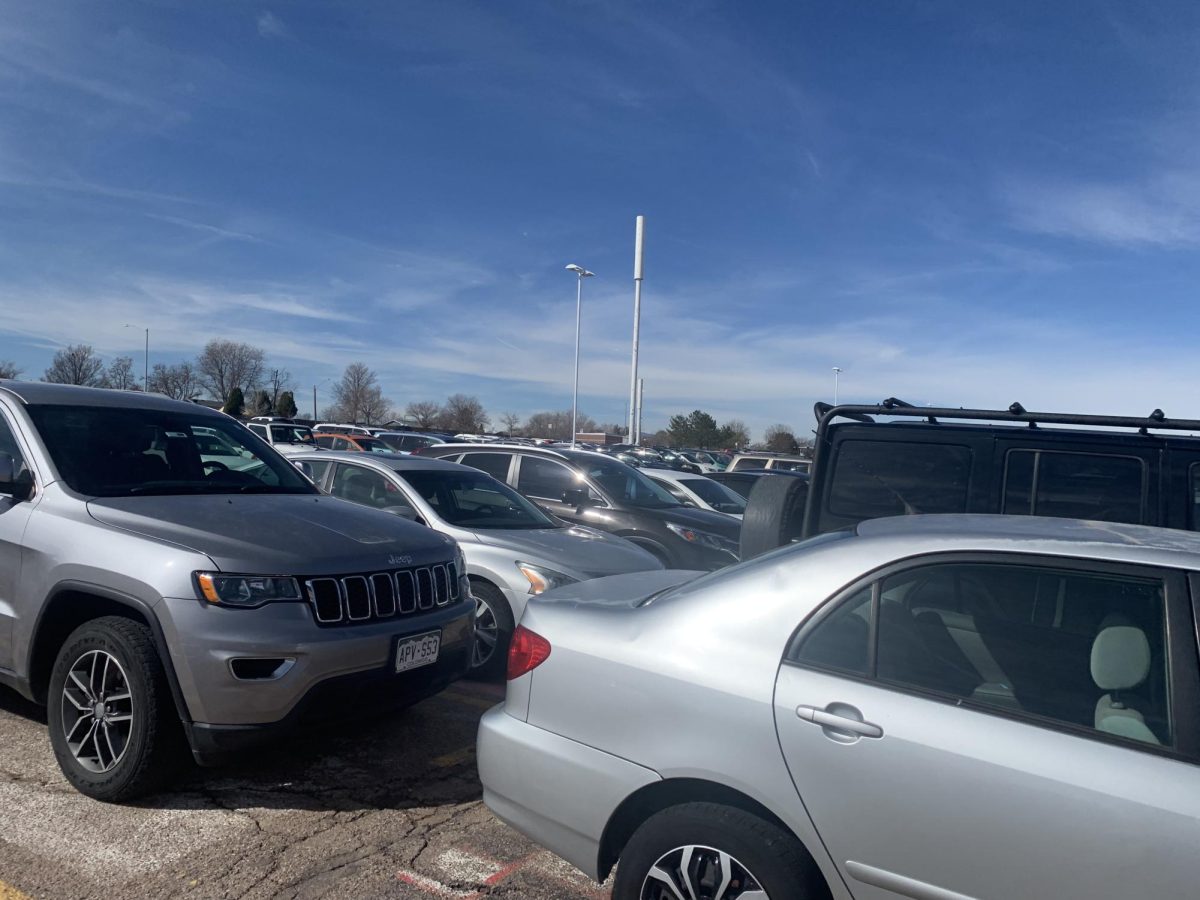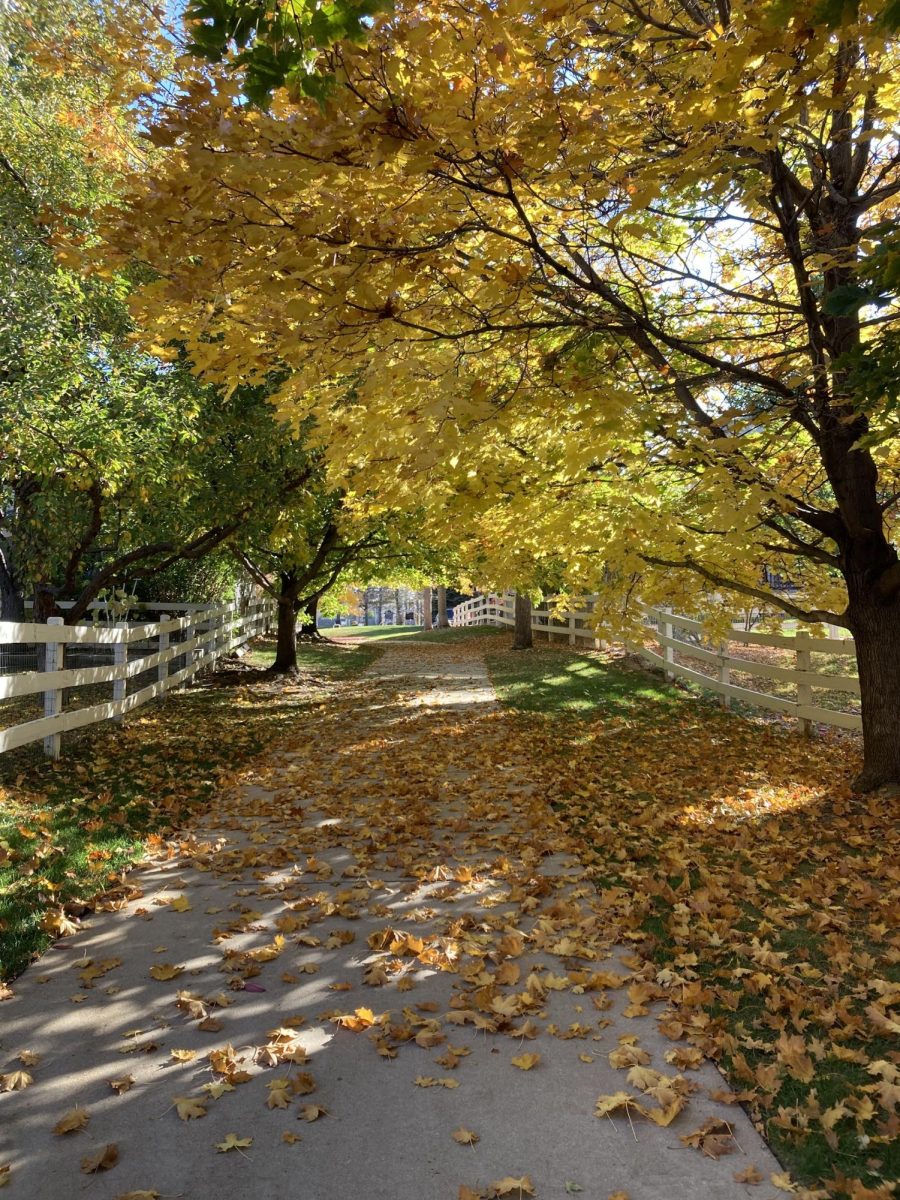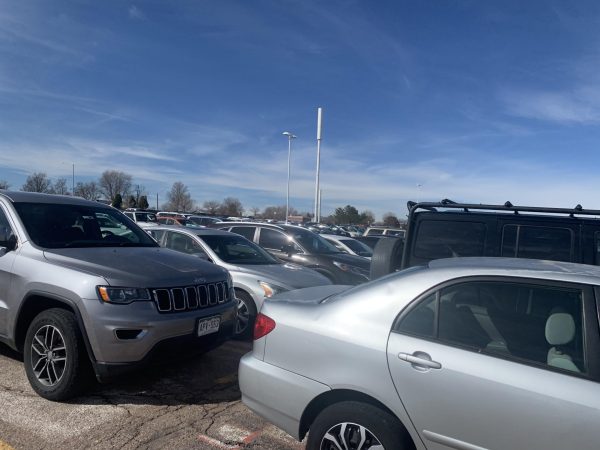Why Release Times Should Be Staggered
And Other Hall Solutions
October 28, 2021
Chances are that most of you have had the issue of having two classes on opposite sides of the school. The bell rings, and you’re already out the door, trying to beat the crowd of people that will take precious seconds – even minutes, if you’re unlucky – of your passing period. Shuffling down the hall, wondering why people just, well…aren’t moving. Until finally, miraculously, you’re freed from the crowd, with only a minute or two to get to the next period or risk being late. Often, there’s no time for anything else. You need to get from point A to point B, and any detours will cost you a visit to the attendance office.
Despite this, there are possible ways to speed up traffic in the halls. Getting released from class early, as appetizing as it seems, is looked down upon by the administration, and getting released late will just put you at the end of the crowd of people that managed to get out on time. So what’s the best way to fix this?
The major problem with the halls is that, put simply, there are too many people. Most of us are familiar with the ever-present issue of highway traffic. No cars move, or if they do, it’s at speeds that make a sloth feel like a racecar driver. Bumper to bumper for hours on end, mostly caused by the surplus of cars all entering around the same time mixed with the steady increase of cars already on the highway. People stop or slow down in order to try and fit everyone in. Too many people on a too-crowded highway makes a perfect recipe for endless traffic jams. Now take that metaphor, and apply it to the hallways at Legacy every day between classes.
There are still things that can be done. Remember, the general issue is that there are too many people trying to fit into a cramped space. The solutions can be placed into two categories: decrease the amount of people, or increase the amount of space. Keeping that in mind, let’s look at possible solutions.
Decrease The Student Population
This is neither reasonable nor realistic.
Increase The Hall Size
This isn’t, either.
Now, let’s look at better solutions that we could actually stand a decent chance at implementing.
Staggered Release Times
This is one of the biggest changes we could implement, as it results in throwing off the bell schedule a few times per day. Class lengths would, generally, stay the same – about an hour. The catch here would be that, for example, every other classroom would be released a minute before the normal time, and the rest a minute after.
This incorporates a two-minute ‘grace period’ for half of the school to get to where they need to go. Even if there were small sections of slowness, there would be half the amount of students and therefore would clear up easier. The second wave would (in this scenario) lose a minute of their passing period, but most of the first will likely be gone, meaning that they can get to where they want to go faster, and only lose one minute instead of the more it takes standing in the halls waiting for people to move.
The drawback of this system is that it would be hard to implement – teachers might accidentally let their kids out too early or too late, and having two bells so close together might end in confusion. There’s also the possibility that more time would be needed in the ‘grace period’ in order to make sure that the first wave of kids is gone. If it gets too long, then it would start cutting into class time and likely ending up increasing the school day in order to get those minutes back.
(Somewhat) Stricter Hall Rules
A lot of the time, halls can get backed up by someone stopping, and it’s so crowded that the person behind them can’t get by, causing a domino effect of immobility that lasts until the students can find a way around. The solution? Not starting that chain reaction in the first place.
A common sight to see is groups of friends standing in the middle of the hall or in the area where the A Hall meets the others. The issue here is that by being in the middle of the hall or room, an obstruction is caused and therefore must be gone around, which starts the slowing of foot traffic. Because most students take the quickest route, standing in the corners of the rooms or in alcoves in a hall would decrease the number of obstructions, and therefore decrease the number of people stopping.
This one might be harder to implement, since some people might forget and others won’t even try. Despite that, the next time you stop to talk with a friend or two, make sure you’re out of the way first. If we work together, we can make the hall situation more bearable for everyone.
Starting Outside
Why not take advantage of the fresh air and nice weather and take attendance in the great outdoors? Students and teachers get to stretch their legs and get a breath of fresh air before an hour of work. Legacy has the benefit of having lots of open, grassy spaces, and sidewalks if standing or sitting on grass just isn’t your thing.
Some negatives to this might be getting approval from administration – it might be important that attendance is taken in the room the class is in – or confusion, as someone might forget and be waiting at the classroom door wondering why no one was there. This also isn’t a very good long-term solution, since winter might make this prospect seem more miserable and cold than exciting and fun.
